Many wood varnishers have come across the terms "thixotropic", "thixotropic" or simply "thixo", referring to a property of varnish. But what does this "tixo" mean and when do we need a varnish with such a property?
If we look in the DEX, we find that thixotropy is "the reversible transformation of a gel into a solution as a result of agitation or ultrasound". I'm sure I haven't helped you at all, quite the opposite in fact. However, I think we can use the definition to start the explanation. So, according to the definition, thixotropic varnishes are supposed to be varnishes in gel form which, when agitated or under other external action, turn into solution.
But why do we need such a varnish? Because even when the varnish is thicker, it needs to be thinned so that it can be applied properly. The varnish settles well, looks nice, and won't crack over time if you apply several thinner coats instead of one thicker coat. So why do we need gel varnish?
Because there are situations when we want to apply a large amount of material without many coats and without getting faults and problems. These situations occur when the lacquer is applied by spraying and the spraying is vertical.
When finishing a piece by sprayingIt can be placed on a support and applied as in the image below.
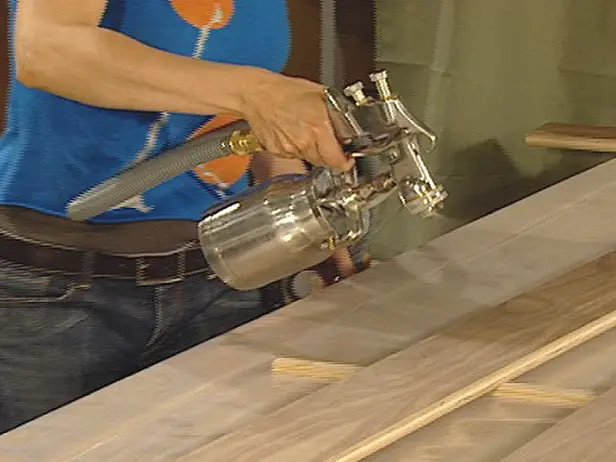
Or it can be hung on a support, with the varnish applied from top to bottom along the length of the piece.
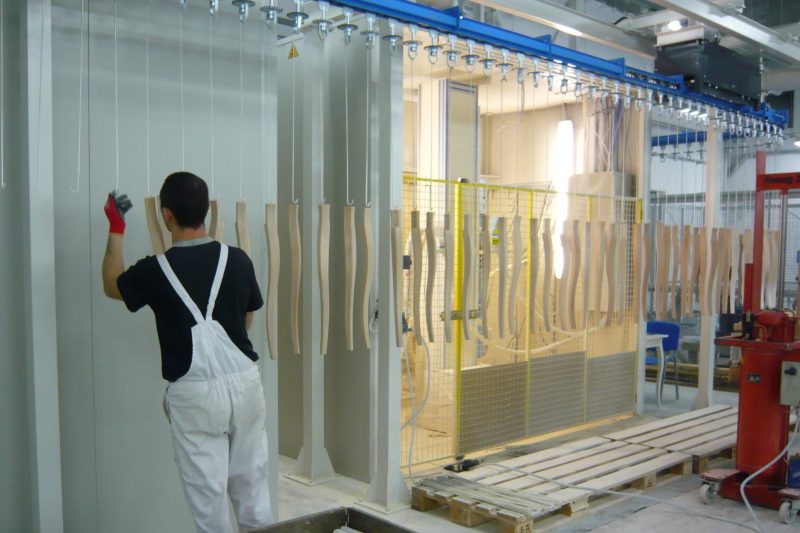
The same applies to the sides of furniture, and the same applies to finishing lines sophisticated factory, as well as for diy projects and makeshift spray booths.
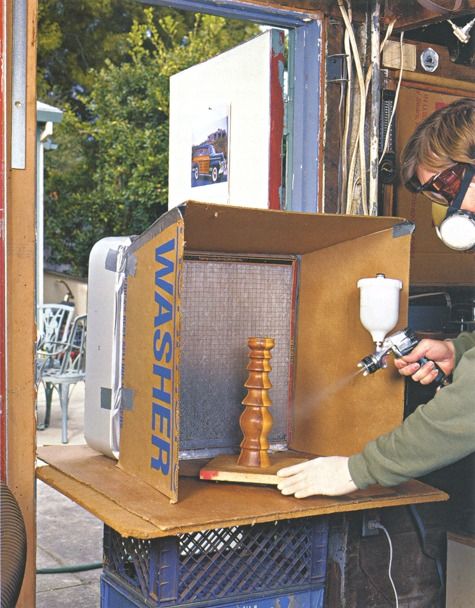
In order to be able to do this application from top to bottom, vertically, and get a good result, you would have to apply many thin coats because otherwise, due to gravity, the lake would run.
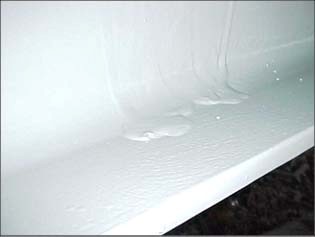
photo source: capital-painting.com
And this is where thixotropic varnishes come in. Being in gel form, the varnish can be applied in larger quantities, without any run-off and without any problems of film cracking because of the too thick layer of varnish.
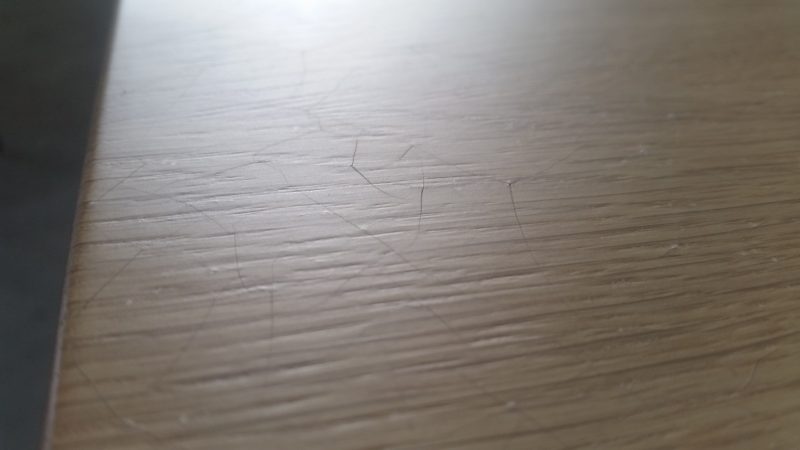
photo source: revistadinlemn.ro
Thixotropic varnishes are very useful when applying on chairs, windows, when you want to apply a large quantity without the risk of spills. When using them, follow the manufacturer's instructions, otherwise you risk losing this property. For example, in the case of exterior waterborne products, which usually have a very high thixotropy, the recommendation is that the spray gun should have a nozzle of 2.8-3, so that the lacquer can run out of the gun. A smaller nozzle will make the lacquer come out harder and you will tend to dilute it. By diluting it, even not very much, and shaking to homogenize, the gel turns into a solution and you won't be able to apply a large amount of varnish in one pass. Such products are usually applied undiluted and settle very well on the substrate when applied with special pump, in such a way that it can be easily removed from the gun, despite its thickness.
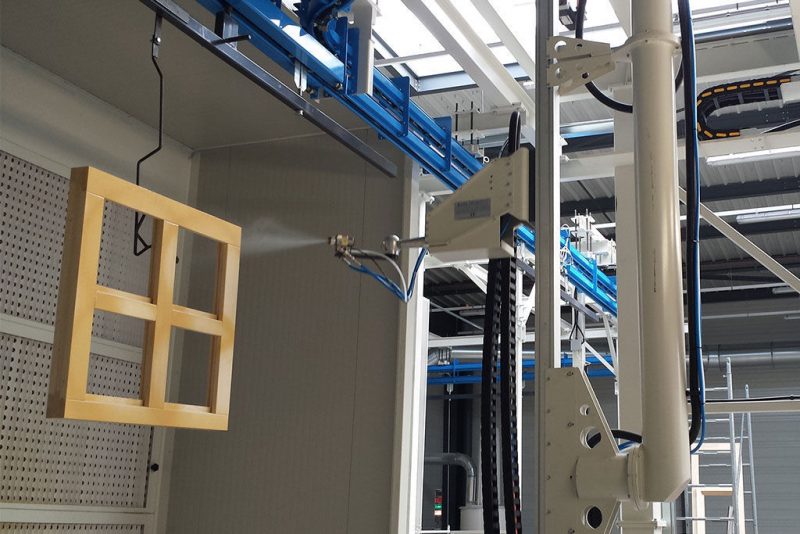
photo source: directindustry.com
The degree of thixotropy varies, not all varnishes are very viscous and need large nozzles. There are also products, such as polyurethane varnishes for example, which have a high viscosity, but which can be thinned down to a certain application viscosity and mixed without problems. But always follow the manufacturer's instructions.
A disadvantage of products with high thixotropy is that when applied horizontally, spreading is not very good and the film can look like orange peel. If diluted further, however, the varnish loses its properties and can also be applied horizontally, without the risk of small bumps.
To summarize, thixotropic varnishes are used when spray application is vertical. This is the case for industrial finishing of chairs, sides of furniture, windows, but also when you have a small workshop where you are finishing all sorts of objects and don't want to spill on the edges or sides.
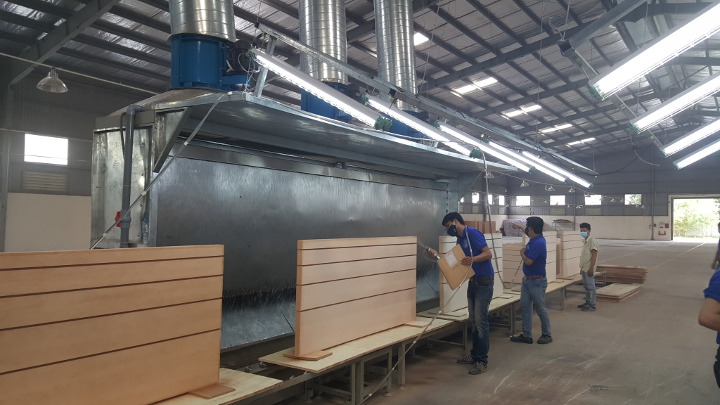
photo source: jrcfi.com
































Add comment